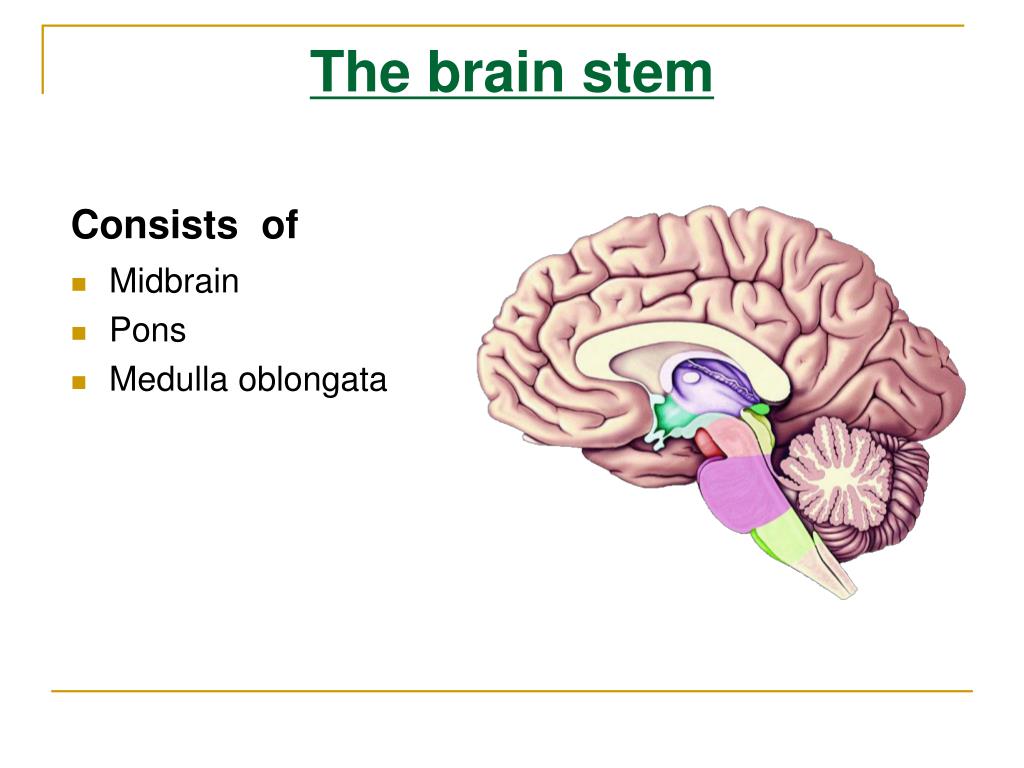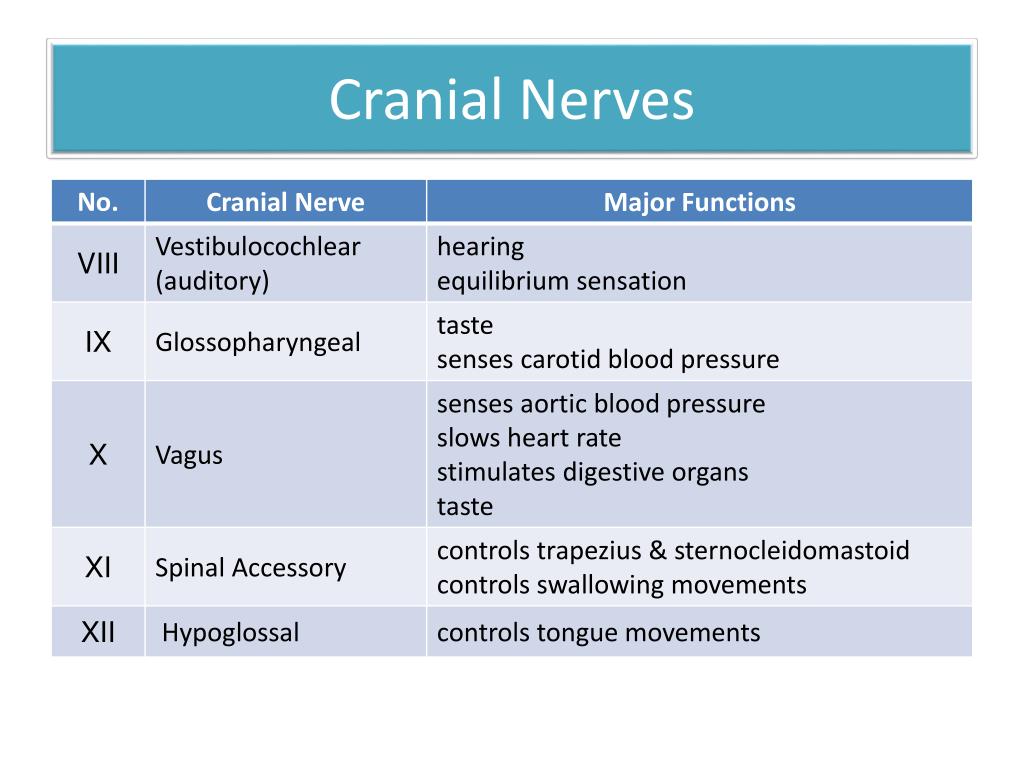

reflex centers- presence of irritants within the digestive and respiratory tract stimulate the reflex centers.It works in coordination with the pnuemotaxic and apnuestic centers of pons.

respiratory center- this area controls the rate and depth of respiration.the area receives impulses from baroreceptors, chemoreceptors etc. cardiovascular center(CVC)- This area controls rate and force of contraction, blood pressure, diameter of the blood vessels etc.These centers are: cardiovascular center, respiratory center, reflex center of vomiting, coughing, sneezing etc. The vital centers which consist of group of cell bodies are associated with the autonomic reflexes. Its outer portion is white matter, which passes between the brain and spinal cord and the central portion contains the grey matter. It is about 2.5cm long and lies above the foramen magnum. MEDULLA OBLONGATA:- It is the interior part of the brain stem, which extends from the pons above and is continuous with the spinal cord below.It also facilitates the control of respiration along with medulla oblongata. The nuclei act as relay stations and some are involved in cranial nerves. It mainly consist of nerve fibers that forms a bridge between the two hemispheres of the cerebellum and the fibers passing between the higher levels of brain and spinal cord. PONS:- it is situated in front of cerebellum, below the midbrain and above medulla oblongata.It plays important role in auditory and visual reflexes. The nuclei acts as relay stations for ascending and descending nerve fibers. It consist of nuclei and cerebral tracts. MIDBRAIN:- the midbrain is area of brain which lies around the cerebral aqueduct between the cerebrum above and the pons below.Functions of hypothalamus include control of:- ANS, body temp, sleeping and walking cycle, sexual behaviour etc. Through these connections, it controls the output of the hormones of both the lobes. The hypothalamus is linked to the posterior lobe of the pituitary gland by the nerve fibers and to the anterior lobe by the network of blood vessels. of nuclei it is situated below and in front of the thalamus. HYPOTHALAMUS:- it is a small structure of about 7g.It relays and redistributes the nerve impulses to most parts of brain and cerebral cortex. It is also involved in the processing of some emotions and complex reflexes.
The brain stem consists of the skin#
sensory impulses from the skin and viscera, related to pain, touch, temp etc reaches the thalamus for recognition only basic recognition occurs at thalamus, as for refined perception, other parts of brain are also required. THALAMUS:- The thalamus consist of two masses of grey matter and white matter within the cerebral hemisphere below the corpus callosum one on each side of third ventricle.Pineal gland and optic chiasma are also present. It consist of several structures around the third ventricle which includes thalamus, hypothalamus. This part of brain connects the cerebrum to the midbrain. It is divided in 4 parts: cerebrum, brain stem, diencephalon and cerebellum. The brain is a large organ which lies in the cranial cavity. Admission), Pharmacy Exam Questions, Quiz, Study Material, UGC NET JRF Exam brain, Brain Anatomy Notes, Brain Anatomy Study Material, brain stem, centers of medulla oblongata, central nervous system, cerebellum, cerebrum, CSIR NET JRF MCQ on brain stem diencephalon and cerebellum Solved, CSIR NET JRF MCQ on parts of brain Solved, deincephalon, drug inspector exam MCQ ON parts of brain solved, functions of cerebellum, functions of hypothalamus, GPAT MCQ on diencephalon brain stem and cerebellum Solved, GPAT MCQ ON parts of brain solved, hypothalamus, MCQs for NEET, medulla oblongata, midbrain, NEET MCQ on diencephalon brain stem and cerebellum Solved, NEET MCQ ON parts of brain solved, nervous system, NIPER JEE MCQ ON parts of brain solved, PHARMACIST EXAM MCQ ON parts of brain solved, pons, questions for gpat NIPER JEE, reticular formation, SSC exam MCQ ON parts of brain solved, Staff nurse exam MCQ ON parts of brain solved, thalamus
The brain stem consists of the how to#
Jmariyaattari53 DBT BET, GATE Exam, GPAT Preparation, How to prepare for gpat, Human Anatomy And Physiology, MCQ, NEET PG, NEET UG, NIPER JEE Examination (Masters/Ph.D.


 0 kommentar(er)
0 kommentar(er)
